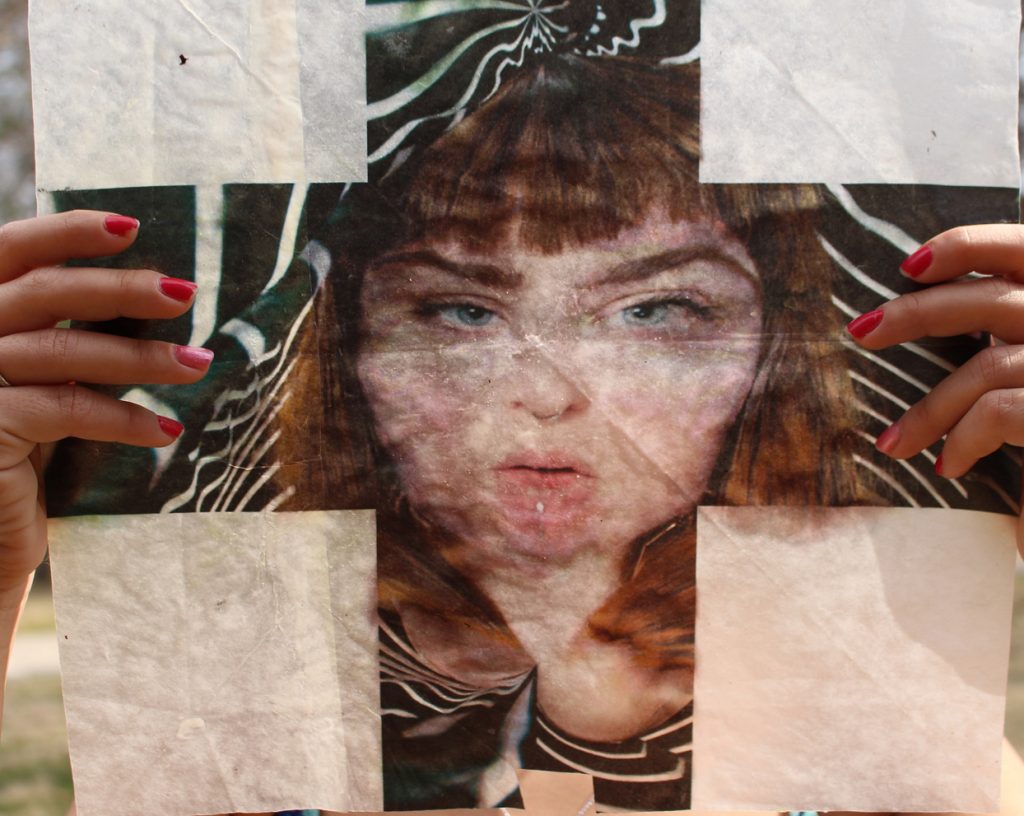The undocument

Kayleigh Harris, “Selfie”, detail. Archival pigment print within pressed wax paper.
Portraiture has become something like a new common language. With photography now a nearly daily practice for the average smartphone user, visual imagery is the favored way many people communicate who they are, what they are doing, and where they’re going. In Instagram and Snapchat’s ascendancy over Facebook, younger generations are making what they say subordinate to what they can show. The selfie has become the way people exhibit their place and role in the day-to-day world. FaceTime and Skype have turned telephone calls into face-to-face encounters: a sort of living portraiture. Even when you tap into Uber, up pops the face of the driver who is already on the way.
This is a radical shift in the role of the portrait–a shift that began with popular photography itself, history’s big Kodak moment, when George Eastman put photography within reach of the middle class. Now nearly anyone with a modest income considers it a requirement to have a phone that also doubles as a camera. As a result, many people post a continuous stream of self-portraits on the Internet. What was once a privilege for only the rich and powerful is seen now as almost a mundane obligation of contemporary life. A portrait was once something rare, costly, elegant, and almost magical. Now, MORE